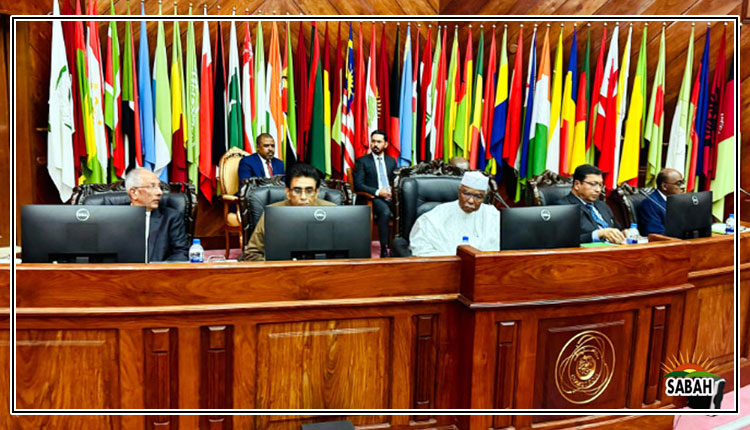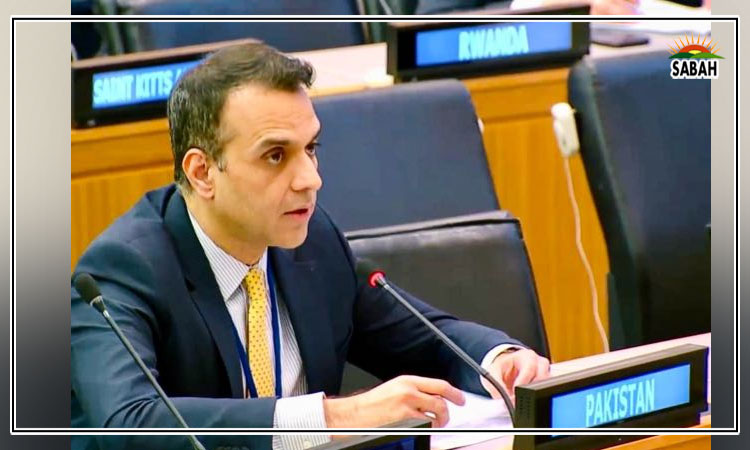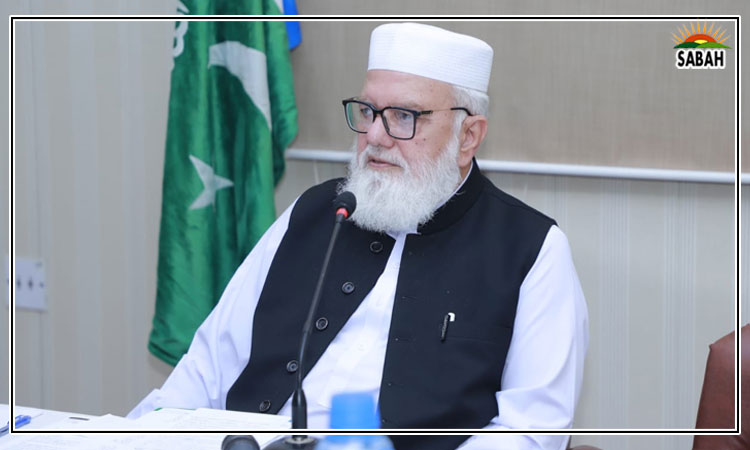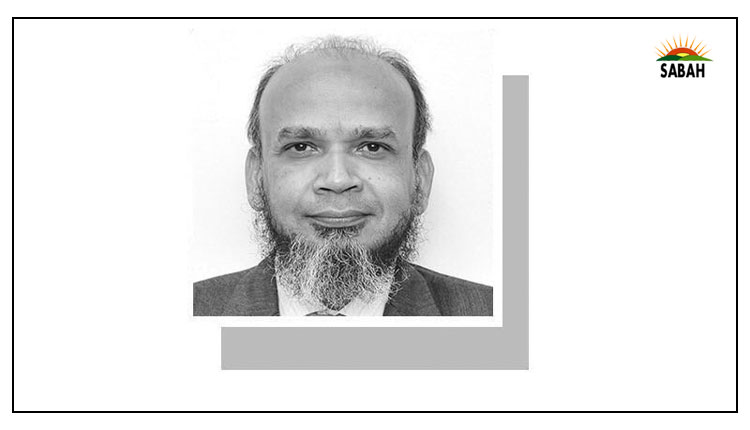Independent central bank….Riaz Riazuddin
READERS may remember there was much hue and cry over the amendments to the State Bank of Pakistan Act, 1956, that were legislated in January 2022. The present government, then in the opposition, had resisted it tooth and nail but let the law pass thanks to establishment pressure not necessarily as a reform measure but an obligatory IMF condition.
The governments concept of the central banks independence should be taken with a grain of salt as the government itself is not independent of the establishment.
Despite this conundrum, the SBP has become relatively more independent after these amendments. Since the raison dtre of central bank independence lies in the fact that the higher the degree of independence, the better the control over inflation in the country, the independent central bank must cogently justify the presence of high inflation.
The independent SBP is required to submit three reports to parliament: the governors annual report on SBP performance, a half-yearly report on the state of the economy, and an annual report on financial stability.
For the SBP as an independent institution, the governors report is the most important because its contents are regarding the achievement of the banks objectives, conduct of monetary policy, state of the economy and the financial system.
Since the primary objective of the bank shall be to achieve and maintain domestic price stability, the governors report must discuss the achievement of this objective along with the two non-primary aims of contributing to the stability of the financial system of Pakistan and supporting the governments general economic policies with a view to contributing to fostering the development and fuller utilisation of Pakistans productive resources.
The governors Annual Report 2021-22 discusses all three objectives, although it devotes more pages to listing various measures to support the governments economic policies compared to the space devoted to discussing its primary objective of achieving price stability.
Although the difference is of only one page, it gives the impression that price stability is not the primary objective. There is no point in making a fuss about an additional page on growth promotion as this is no proof of SBP bias against containing inflation, but it is an unconscious indication of the banks bias towards growth promotion.
To its credit, the report frankly admits that one factor causing high inflation is the accommodative monetary policy. What is surprising is that the report seemingly congratulates itself on its inflation forecasting performance even when it has missed meeting its medium-term inflation target of seven to nine per cent.
Self-congratulations, however, indicate an internal strength of the SBP monetary policy and research staff. It must have been rightly alerting the SBP management and Monetary Policy Committee to make timely changes in interest rates and also likely to have been pointing out the misalignment of the exchange rate.
The MPCs judgement and decisions cannot be simply based on the difference between forecast and actual inflation, interest rate and exchange rate. The MPC has to take a holistic view of the economy and financial sector. But it may be unconsciously influenced by the noise, if not direction, coming from the government to err on the accommodative side.
Recent research in America has established that the incessant noise emanating from former president Trumps tweets about interest rates and what the Fed should or should not do, changed the expectations of market participants that influenced the Feds decision regarding its policy rate.
Similarly, when the authorities make a lot of noise via press conferences about what ought to be the right policies or desired level of interest or exchange rate, it affects market expectations in Pakistan.
In these situations, it becomes easier for the monetary authorities to be influenced by the government even when they are actually independent. Just look at the behaviour of the exchange rate, if not necessarily that of the interest rate, and you will understand the true nature of SBP independence.
How independent is the MPC? A review of the MPCs minutes shows that its quite independent, except that it is not empowered to correct misalignment in the exchange rate if it exists. And it seems afraid to even discuss the exchange rates behaviour.
Hence, monetary policy formulated by the MPC remains very weak, even when it is fully independent in its decisions regarding interest rates. But it also seems afraid to reveal members discussion on interest rates.
The MPCs minutes read mostly like the minutes of the presentation by SBP staff to the MPC. The list of members of the MPC in the minutes and the last few sentences indicate that they were present at the meeting but hardly any discussion seems to have taken place.
For example, in the minutes of the meeting in July 2021, the monetary policy deliberation and decision vote took up only one sentence, The committee decided to keep the policy rate unchanged with a majority vote of eight out of nine members, with one member voting to increase the policy rate by 50 bps. This sentence was also the last of the 26-paragraph minutes.
The other 25 paragraphs were about the SBP staffs briefings on the current economic conditions and outlook, financial markets and reserve management, model-based assessment and the result of SBP surveys for monetary policy. One is left unsure about whether the SBP staff moulded the MPCs decision or the MPC decided independently.
This, of course, is a weakness in the way the minutes are structured and written. The MPC must allow the writers of these minutes to capture their members deliberations without revealing their identities, or if they so desire, give their names. What are they afraid of? After all, SBP became independent for the most part, except for the exchange rate, in January 2022.
Despite the weaknesses, one must congratulate the dissenting member who saw the crisis coming at that time and suggested timely action for tightening the monetary policy. Dissent and suggestion probably came from an external independent member. Later meetings (FY22) saw unanimous decisions on tightening. This shows that the SBPs MPC is independent in its interest rate settings.
Courtesy Dawn












